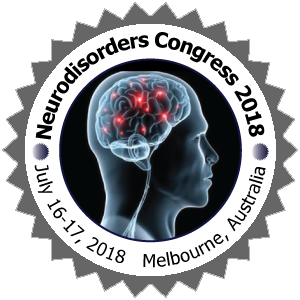
Galia Valentinova Anguelova
Leiden University Medical Centre
Title: : Increased brain activation during motor imagery suggests central abnormality in Neonatal Brachial Plexus Palsy
Biography
Biography: Galia Valentinova Anguelova
Abstract
Neonatal Brachial Plexus Palsy (NBPP) may lead to permanent impairment of arm function. As NBPP occurs when central motor programs develop, these may be ill-formed. We studied elbow flexion and motor imagery with fMRI to search for abnormal motor programming. We compared the cortical activity of adults with conservatively treated NBPP to that of healthy individuals stratified for hand dominance, using fMRI BOLD tasks of elbow flexion and motor imagery of flexion. Additionally, resting-state networks and regional gray matter volume were studied. Sixteen adult NBPP patients (seven men; median age 29 years) and sixteen healthy subjects (seven men, median age 27 years) participated. Cortical activation was significantly higher in patients during flexion imagery compared to healthy individuals and it increased with lesion extent and muscle weakness. The contralateral and ipsilateral premotor cortex, and the contralateral motor cortex showed stronger activity during imagined flexion in the right-handed NBPP subjects compared to healthy individuals. Activity patterns during actual flexion did not differ between groups. No differences in resting-state network connectivity or gray matter amount were found between the groups. NBPP affected imagined but not actual elbow flexion, suggesting an impairment of motor planning which would indicate abnormal motor programming in NBPP.

